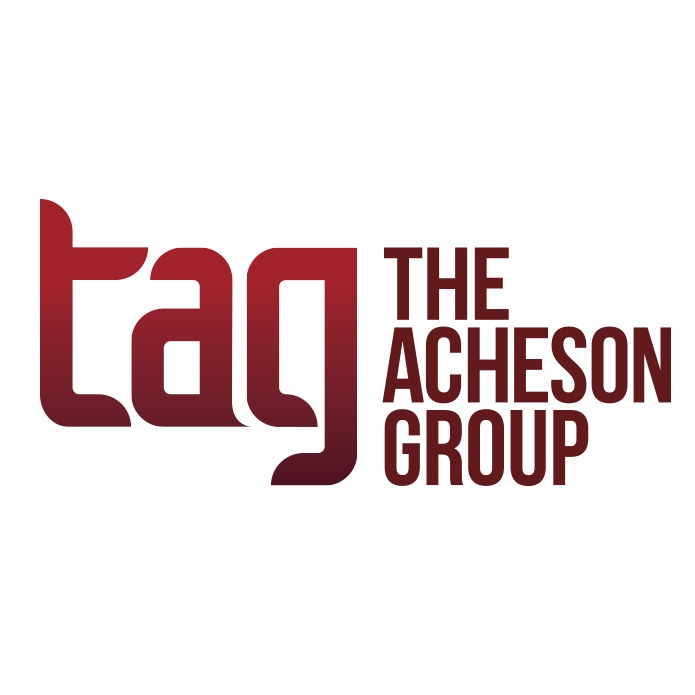Earlier this month, FDA released the results of its 2014 Health and Diet Survey, intended to help the Agency make informed regulatory, educational, and other decisions with a better understanding of consumer knowledge, attitudes, and practices about current and emerging nutrition and labeling issues. For example, FDA said that findings about consumers’ use pattern of the Nutrition Facts label provided information for the Agency’s discussion and setting of label policies. The data from the June-August 2014 telephone survey of 2,480 adults across the U.S., as analyzed by FDA researchers and compared against previous surveys, is also used to identify changes in consumers’ knowledge, attitudes, and practices. The 2014 survey, the 11th conducted since the survey began in 1982, was the first Health and Diet Survey to sample cell phone users in addition to users of landline phones. This change was instituted to reach a segment of the population that has moved to use cell phones only, primarily, or in addition to their landline phones and therefore is hard to reach via landline phone numbers. FDA’s prior survey was conducted in 2008 (and released in 2010), with key findings showing gains in food-label use and in health/diet awareness. And it seems that this frequency is definitely increasing. Data from the 2008 report stated that 54% of consumers said they read a product’s label the first time they buy the product, with only 44% saying the same in 2002. But by 2014, 77% of U.S. adults reported using the Nutrition Facts label always, most of the time, or sometimes when selecting a food product – and 79% when buying a product for the first time. Additionally, while the 2008 results showed no change in consumer knowledge about foods or drinks that may help prevent heart disease or heart attacks – with 81% of both the 2008 and 2002 surveys having such knowledge, that percentage jumped by 13% by 2014. This data showed 94% of respondents strongly or somewhat agreeing with the statement: “If I eat a healthy diet I can greatly reduce my chance of getting heart disease.” But exactly what that healthy diet consists of seems to be a bit less clear. While 90% of adults had heard of trans fat or omega 3 fatty acids, 24% of them did not know if the fat raises, lowers, or has no relationship with the risk of heart disease. Another interesting area of response were the questions about salt/sodium consumption. Nearly all respondents thought the nation eats more salt than we should, and that people over 50 or with relevant chronic illness should pay special attention to their salt intake. While they said that packaged/processed, and restaurant-prepared foods are the major sources of their salt intake, at least half weren’t passing the buck. Rather, when asked whose actions can be most effective in reducing salt/sodium consumption, the response was: 50% consumers’ own actions. 25% food manufacturers and retailers. 5% restaurant industry. 5% government. Additionally, 66% of adults said they were concerned about the amount of salt in their diet, they were watching their salt intake, or it would be easy for them to eat less salt if they wanted to. However, it doesn’t seem that there is a lot of trust in label claims by which consumers can determine the amount of sodium and other ingredients in the foods they purchase. Although almost 90% of U.S. adults said they used claims such as “low in sodium,” “rich in antioxidants,” “contains no added sugar,” and “no sugar added” when buying food products (an 18% increase over 2008), only 33% thought these claims accurately describe the products. It’s an interesting report, and one which all food providers should take to heart. While it’s a positive trend for consumers to be more regularly reading food product labels, the fact that 2/3 do not believe label claims certainly needs some work by the industry – whether that is of educating consumers, validating claims, or simply ensuring that every aspect of your label focuses on reality rather than ambiguous marketing verbiage. The full report, 2014 Health and Diet Survey: Topline Frequency Report, includes all the survey questions and responses, along with a section on key findings (some of which we’ve included here). Additionally, an overview of the survey methodology is included at the end of the document. While FDA uses the data for its own knowledge and policy decisions, it also encourages other researchers to use the data as well. About The Acheson Group (TAG) Led by Former FDA Associate Commissioner for Foods Dr. David Acheson, TAG is a food safety consulting group that provides guidance and expertise worldwide for companies throughout the food supply chain. With in-depth industry knowledge combined with real-world experience, TAG’s team of food safety experts help companies more effectively mitigate risk, improve operational efficiencies, and ensure regulatory and standards compliance. www.AchesonGroup.com






